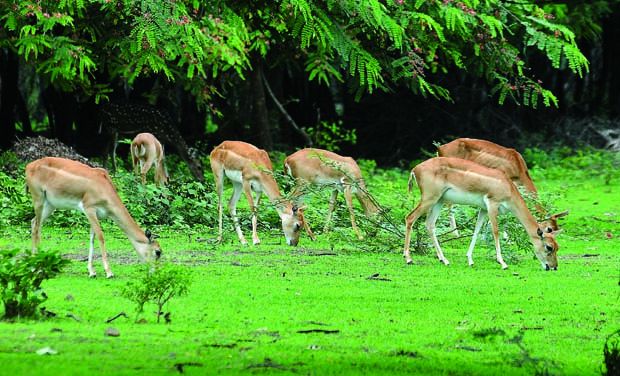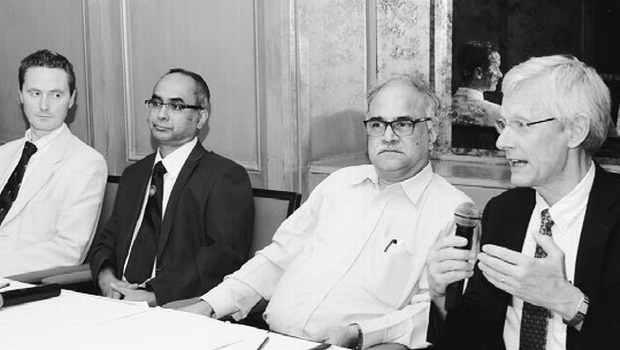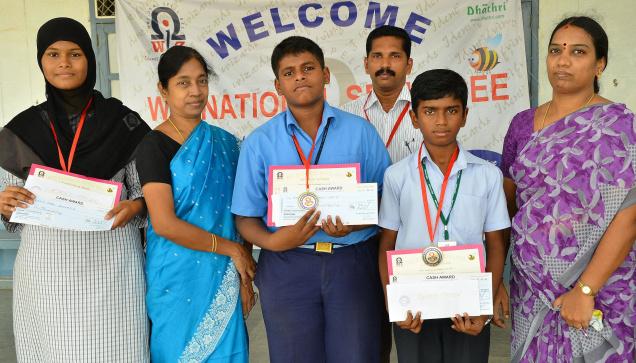Chennai :
Four years ago Zareena Banu, primary teacher in Chennai Corporation’s Urdu Middle School in Old Washermanpet, found her class unruly and disinterested in studies. That was before she had a smartphone.
Technology has helped the teacher transform classes for her 74 Class 5 children. Banu, 34, was given charge of performing an experiment in mobile-aided learning, screening video clips of English grammar and science activities among the 10 and 11-year-olds. The success of the experiment has helped Banu win the Global Bridge IT India Award.
The experiment was conducted by education service providers EzVidya and Pearson Foundation, in association with Nokia. “It captured their attention.
Reticent children started speaking up. Even children with mental retardation answered questions and we were able to promote them to the next class,” Banu said.
Her biggest success, she said, is the transformation of Riyaz, a 10-year-old ‘bully’ and ‘trouble-maker’. “He would not sit still. He would beat the other children and not listen to me at all,” Banu said. His previous class-teachers had all give up on him. “But when I introduced the videos to the class he slowly started showing interest. Now he is not naughtyhas given up his naughtiness , answers questions brightly and interacts well with other children. It’s a big achievement for us,” said Banu. A baseline study at the beginning of the year showed that Riyaz could not spell properly. Now his grades have improved radically.
This is an unexpected area that technology has aided the teachers. The introduction of the continuous and comprehensive evaluation system left teachers in a dilemma over whether to spend time writing notes of lessons or preparing educational aids. Now, the video lessons delivered through phone projected on a television set has taken care of educational aids, leaving much more time for interaction and appropriate assessment. “They say technology will make teachers redundant. But, I find more time and ways to interact with the children now. I am much closer to them,” said Banu.
Chitra Ravi, founder of EzVidya, said that it sparks the interest and curiosity of children when they see something cool in the hands of their teacher. “It is very motivating for the children, and motivation is very important for learning,” said Ravi. She is quick to add, “But, it’s not just about doing something cool and innovative. It’s about meaningful use of technology.”
Technology has also added meaning to Banu’s life. It has empowerd her, she said. “I used to feel helpless when I used my old mobile phone. Now, I WhatsApp the EzVidya co-ordinators and get answers to my queries instantaneously. I don’t use the helpline. It’s too slow,” she said, with a laugh.
source: http://www.timesofindia.indiatimes.com / The Times of India / Home> City> Chennai / by M Ramya, TNN / July 08th, 2014



